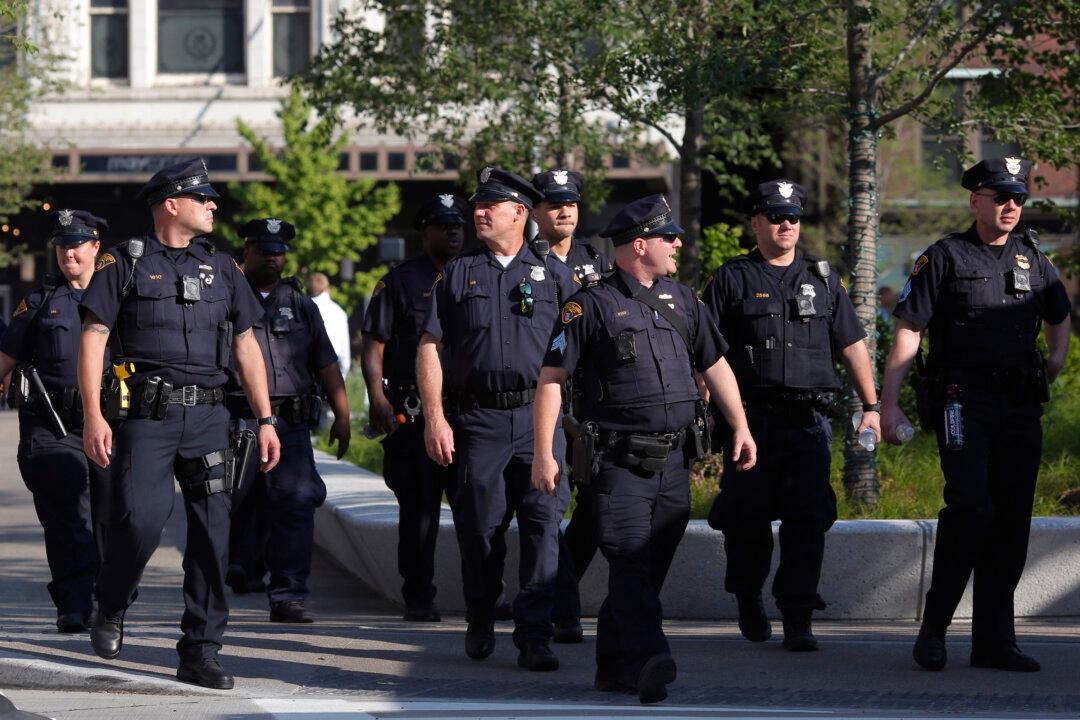For decades, Americans have been looking to statistics for evidence of racial bias in the police force. And for decades, different statistics have been thrown around on both sides of the argument without an apparent victor.
The most contentious point of the debate, and the most serious, is fatal shootings. Yet crucial statistics on police shootings were sorely missing.





